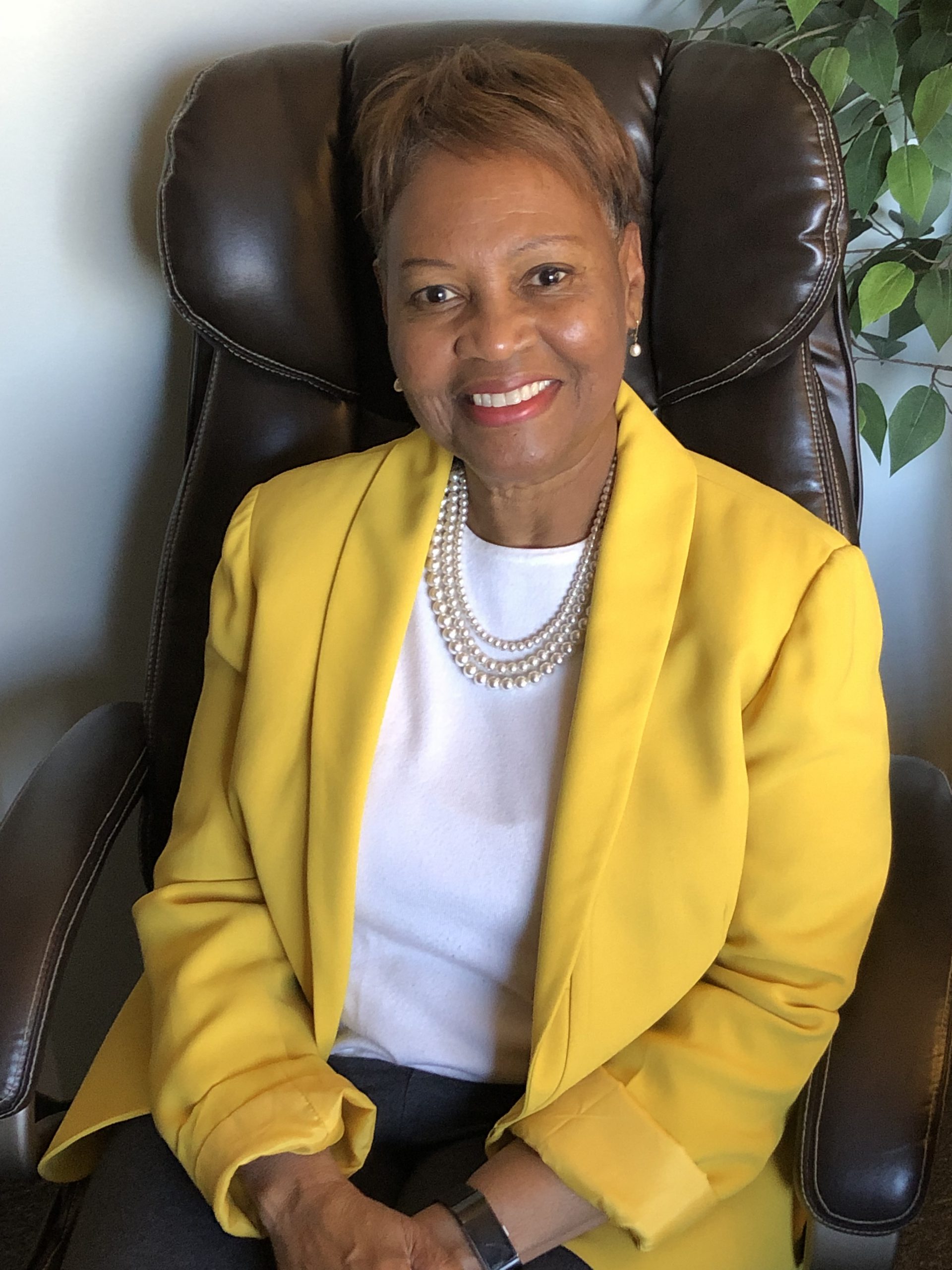School violence, book bans from school libraries, culture wars, the pandemic, hybrid learning, failing students, teacher shortages… it goes on and on. No, these are not the titles of the latest HBO Max movies, but unfortunately, just a microcosm of issues facing today’s schools.
The complexity of problems in our schools and the speed at which problems are impacting student learning are too complicated for one brain to solve. Issues affecting our schools require groups of people with varying strengths to shift to organizational thinking and employ effective principles and paradigms. Educational leaders must be motivated to develop new kinds of learning organizations. Consider adapting to change through collaborative teaching and learning in the educational organization.
Collaboration is the action of working with someone to produce or create something; education is the process of receiving or giving systematic instruction, preparing others intellectually for mature life. These definitions intersect in the areas of producing, preparing, and creating. The efficacy of teaching and collaborating is manifested when educators are working together to produce, prepare and create.
In the book Thinking in the Future Tense, by Jennifer James, the author presents the concept of “seeing with new eyes.” In developing that thought, she describes the condition of “lost perspective.” Lost perspective happens when the events of the world speed up and we feel personally threatened. The result is distorted thinking and a loss of reality. The distortion of reality actually protects us and gives our thought processes a chance to catch up.
This description of distorted thinking is an accurate picture of the world in which we live today. Distorted thinking permeates our worlds’ thought processes. There has been a magnitude of distortions of the facts today because the world’s events have been so overwhelming. Therefore, each of us tends to only see what we are prepared to see.
Also consider mental models. This construct is developed in The Fifth Discipline when Peter Senge explores mental models as a deeply held vision or belief about how the world works. When one develops his or her mental model, it becomes ingrained and is difficult to perceive things any other way. Again, each of us tends only to see that information that fits our pre-existing mental model.
When living in a quickly changing world, foundational organizations like schools must find new ways to avoid the trap of lost perspective and the limits of pre-existing mental models. It’s necessary to adopt new attitudes, employ innovative thinking, and develop new mindsets.
In schools and in businesses, collaborative learning and problem-solving is a way to embrace the synergy created when brains work together on the same goal. Creative teams have people who can abandon regularly excepted solutions and explore possibilities that extend beyond historical approaches to problems and traditionally accepted solutions. Such teams find ways that we can not only “roll with the punches” but develop defensive strategies to “decrease the punches” in the first place.
Educators are the best independent thinkers in the world. The evidence is seen in their ability to problem solve daily, while meeting the expectations of their leaders, parents, and communities. Unfortunately, educators have been bogged down in bureaucracy and structural thinking in a system that has operated the same for over 200 years. Success will not be found in the same old systems and the same old solutions.
There are new and diverse ways to manipulate the information available to us today. During times of personal growth and collaborative learning, one must increase knowledge by interacting and learning from others while simultaneously decreasing personal judgements and biases. We can consider doing this by:
- Learning to relax
- Sharpening your listening skills
- Seeking first to understand
- Employing resilience skills; bouncing back from adversity
- Developing a high tolerance for chaos
And we can develop learning organizations where there is scheduled time to:
- Observe each other’s practice and give feedback
- Examine student work as a team
- Meet regularly to share ideas and perspectives
- Meet regularly to identify problems and find solutions
- Meet regularly to examine educational literature
- Be a reflective practitioner and share reflections with colleagues
Change is inevitable, and during times of great change, we can become despondent, losing faith in our leaders and ourselves. However, collaborative teaching and learning can create a shared vision and increase creative ways to address the current and future needs of the populations we serve.

Carol Hall-Whittier, Ed.D.
Dr. Whittier received her training from St. Louis University, where she earned a doctorate in education. Dr. Whittier is adept in providing leadership training for principals, staff, and parents. She is especially interested in providing professional development for school personnel in the areas of transformational leadership, collaborative cultures, literacy learning, and effective use of evaluation to perfect the practice of professionals who are preparing students to live in a democratic society.